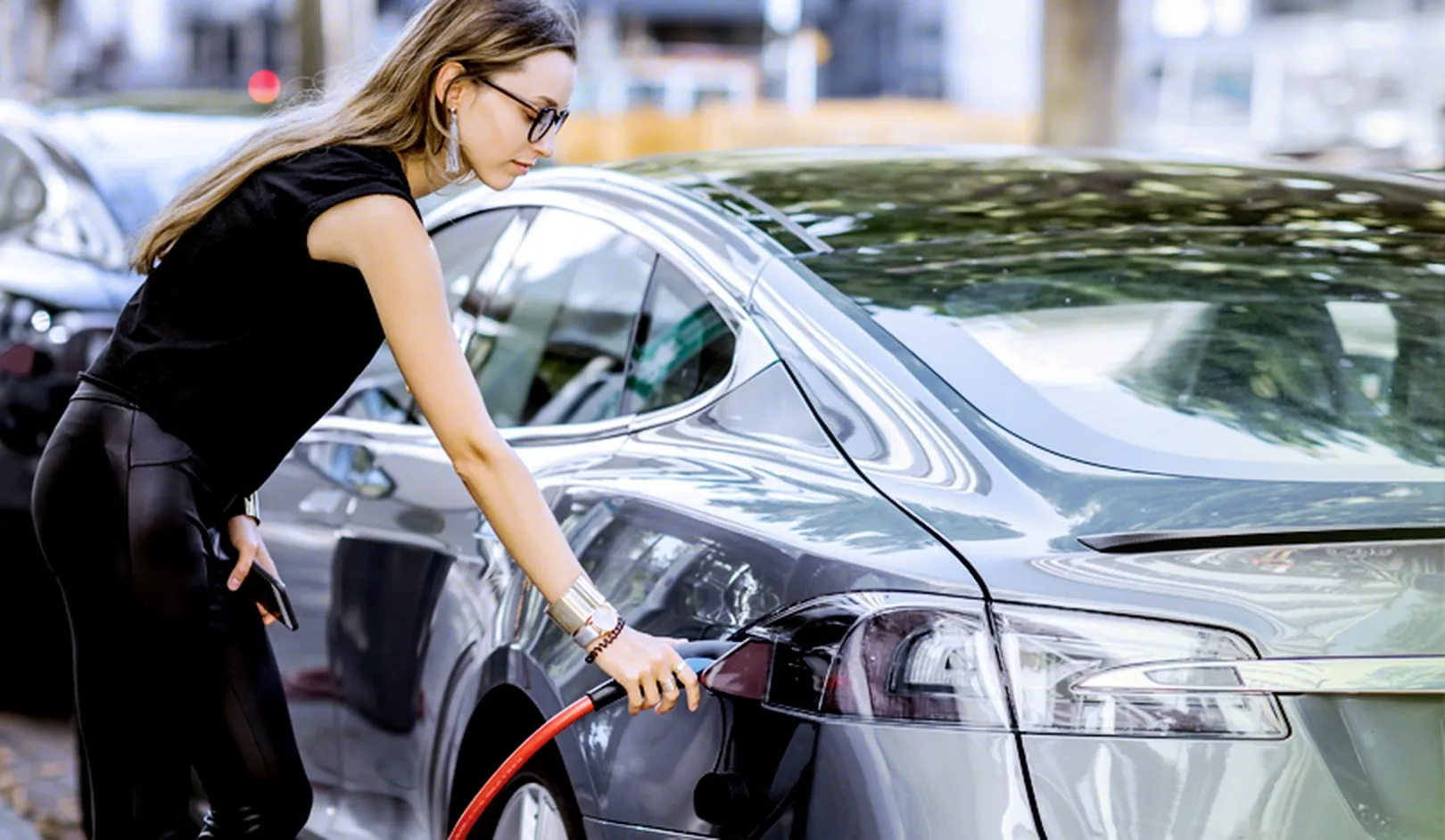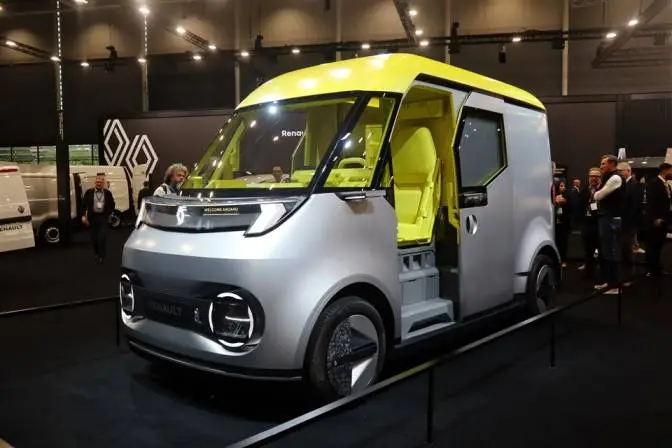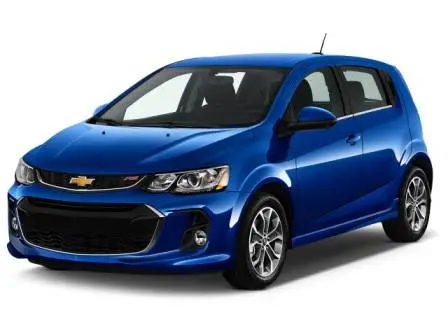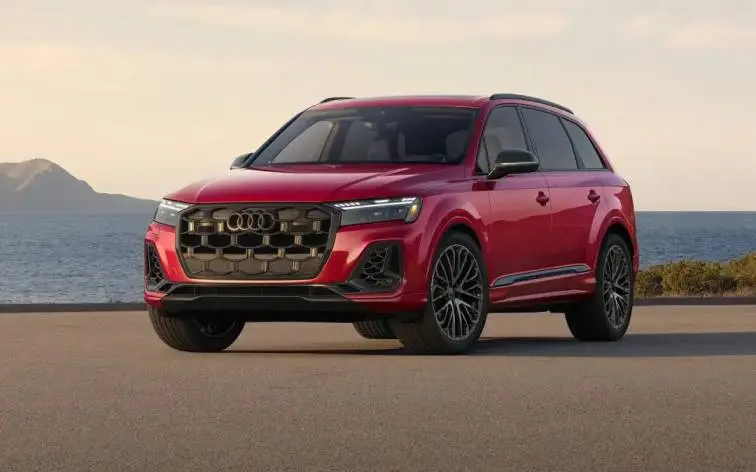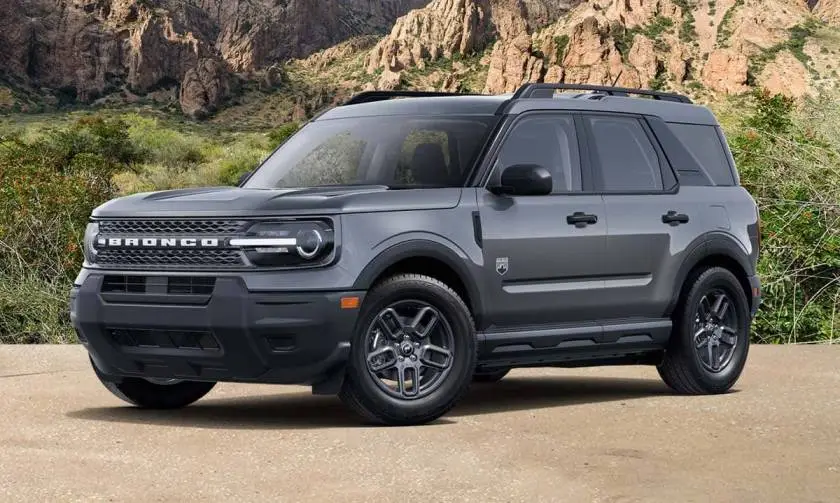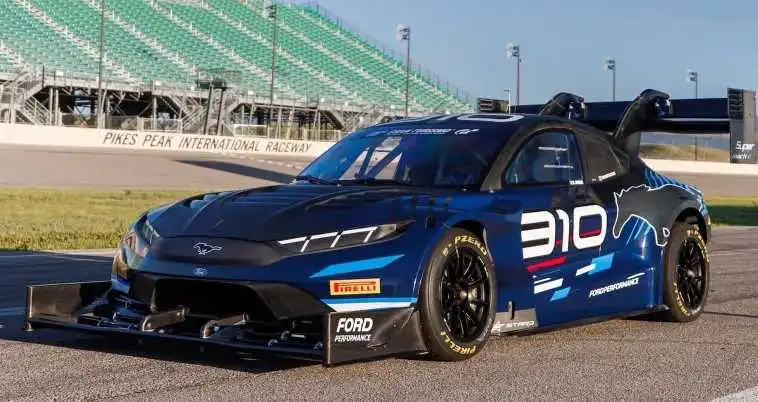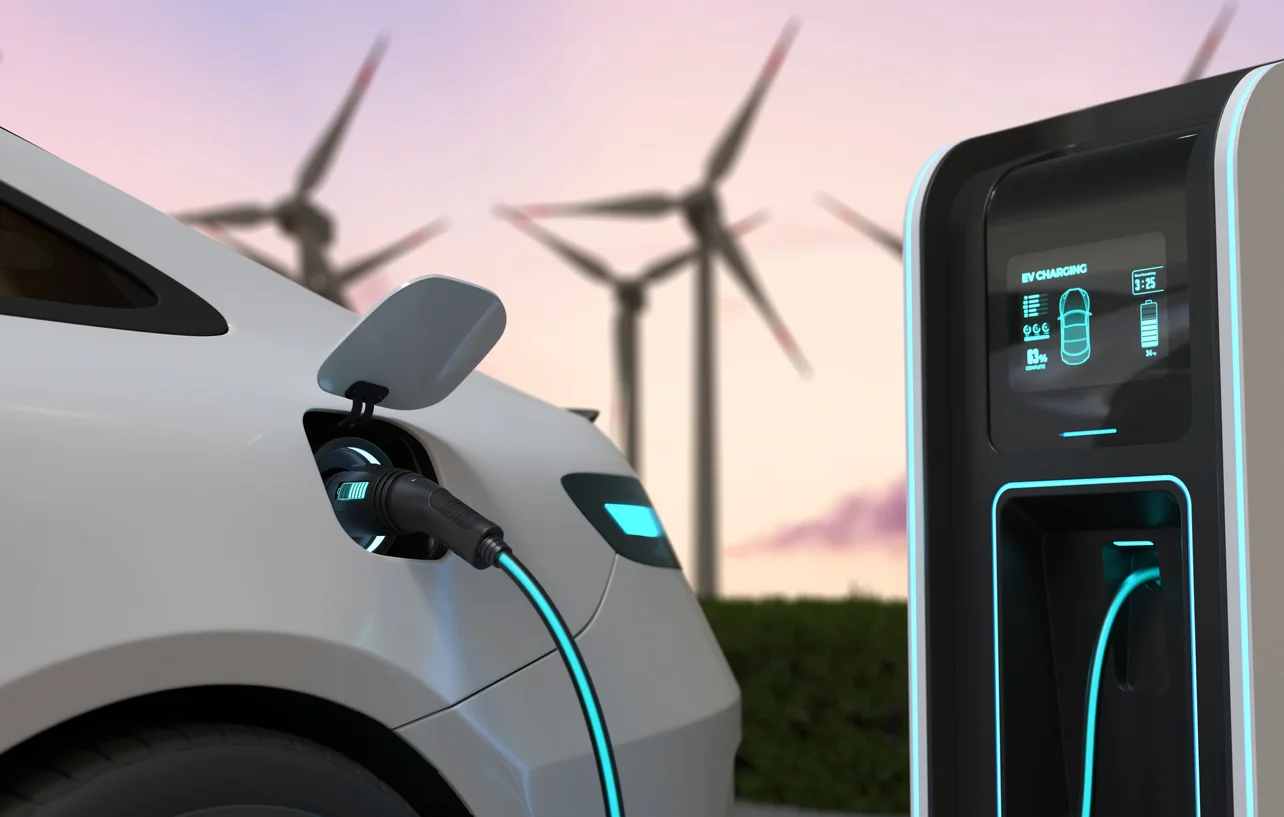The car world is experiencing a seismic move, and electric vehicles (EVs) are at the heart of this insurgency. From new companies to bequest carmakers, about each auto producer is contributing intensely in zap. However, one brand proceeds to overwhelm features, beat competitors, and set modern benchmarks: Tesla.
But how does Tesla's execution compare to conventional electric cars from bequest automakers like Nissan, Chevrolet, Portage, or Volkswagen? Is the Tesla buildup defended when it comes to real-world speed, battery extend, proficiency, and in general driving experience?
In this nitty gritty comparison, we break down the key execution contrasts between Tesla vehicles and customary electric cars to offer assistance you get it where each stands in the advancing tesla vs traditional electric cars performance.
Read Also: Tesla Autopilot for Disabled Drivers in Texas: So What Far?
Understanding the EV Showcase: Tesla vs Conventional Brands
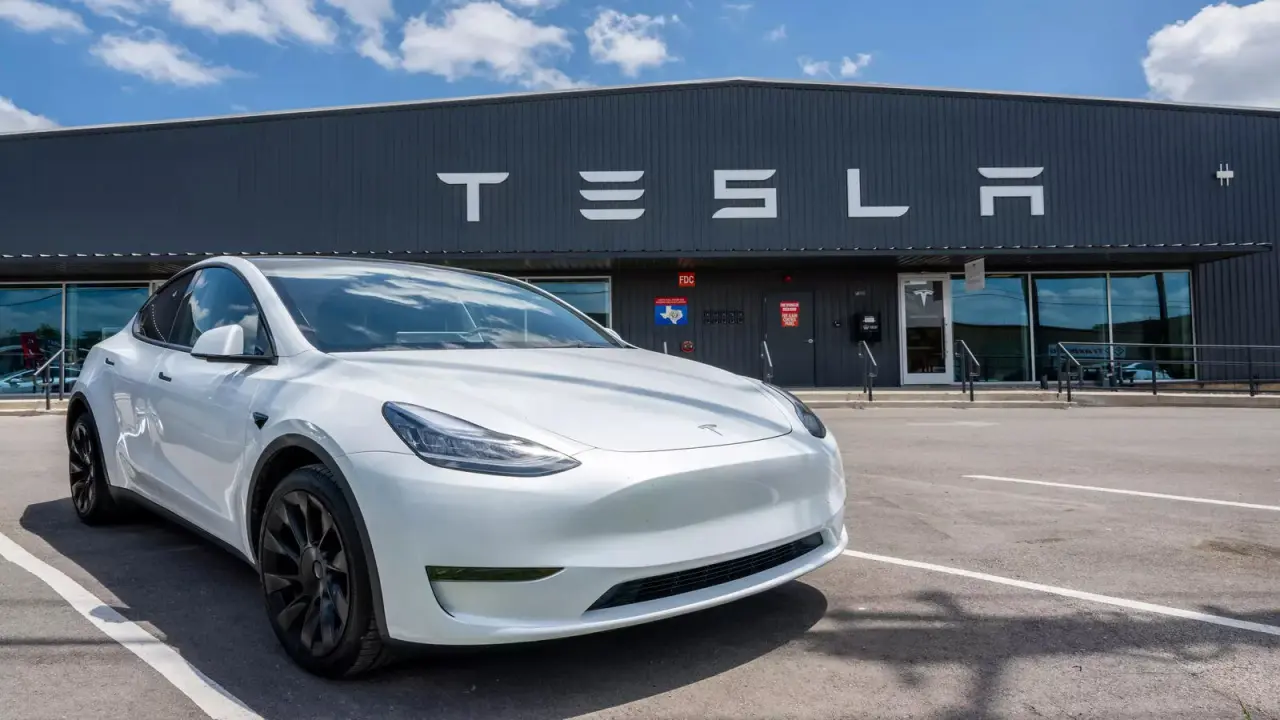
Before plunging into execution specifics, it's basic to characterize "conventional electric cars." This term alludes to EV models created by built up car brands such as:
- Nissan (Leaf)
- Chevrolet (Jolt EV)
- Ford (Colt Mach-E, F-150 Lightning)
- Volkswagen (ID.4)
- Hyundai & Kia (Ioniq 5, EV6)
BMW, Mercedes-Benz, Audi, and others entering the EV market
These companies have decades of involvement building combustion-engine cars and have transitioned into EVs with shifting victory. Tesla, on the other hand, was outlined from the ground up as an electric-first automaker, giving it certain execution advantages.
1. Speeding up and Speed
Tesla's Execution Edge:
Tesla vehicles are famous for their mind-blowing speeding up. Indeed entry-level Tesla models provide sports-car-like execution, much obliged to electric engines giving moment torque.
Model Increasing speed Comparisons:
- Vehicle 0-60 mph Time Top Speed
- Tesla Demonstrate S Plaid ~1.99 seconds 200 mph
- Tesla Show 3 Performance ~3.1 seconds 162 mph
- Ford Colt Mach-E GT ~3.8 seconds 124 mph
- Hyundai Ioniq 5 AWD ~5.1 seconds 115 mph
- Nissan Leaf Plus ~6.5 seconds 106 mph
- Volkswagen ID.4 AWD ~5.4 seconds 112 mph
Verdict: Tesla overwhelms speeding up measurements over all sections. The Demonstrate S Plaid, in specific, is among the speediest generation cars in the world — electric or otherwise.
2. Battery Run and Efficiency
One of the greatest concerns for EV buyers is run uneasiness — the fear of running out of battery mid-journey. Tesla's battery innovation and vitality administration frameworks offer industry-leading ranges.
Range Comparisons (EPA Estimated):
- Vehicle Maximum Range
- Tesla Demonstrate S Long Range ~405 miles
- Tesla Show 3 Long Range ~358 miles
- Ford Colt Mach-E ~312 miles
- Hyundai Ioniq 5 ~303 miles
- Volkswagen ID.4 ~275 miles
- Nissan Leaf Plus ~226 miles
Why Tesla Leads in Range:
- Proprietary battery tech and energy-dense cells
- Optimized streamlined features and lightweight design
- Highly effective control administration software
- Traditional EV Improvements:
Legacy automakers have made strides, but few coordinate Tesla's long-range capabilities, particularly for thruway driving where run things most.
3. Charging Framework and Speed
- Tesla Supercharger Network:
- Tesla has built the most broad, solid fast-charging arrange all inclusive — the Supercharger Arrange — offering:
- Over 50,000 Superchargers worldwide
- Charging speeds up to 250 kW (including ~200 miles in 15-20 minutes)
- Integration with Tesla's route for tesla vs traditional electric cars performance
You May Also Like: If You Body Swap a Tesla While Autopilot Still Work
Traditional EV Charging Options:
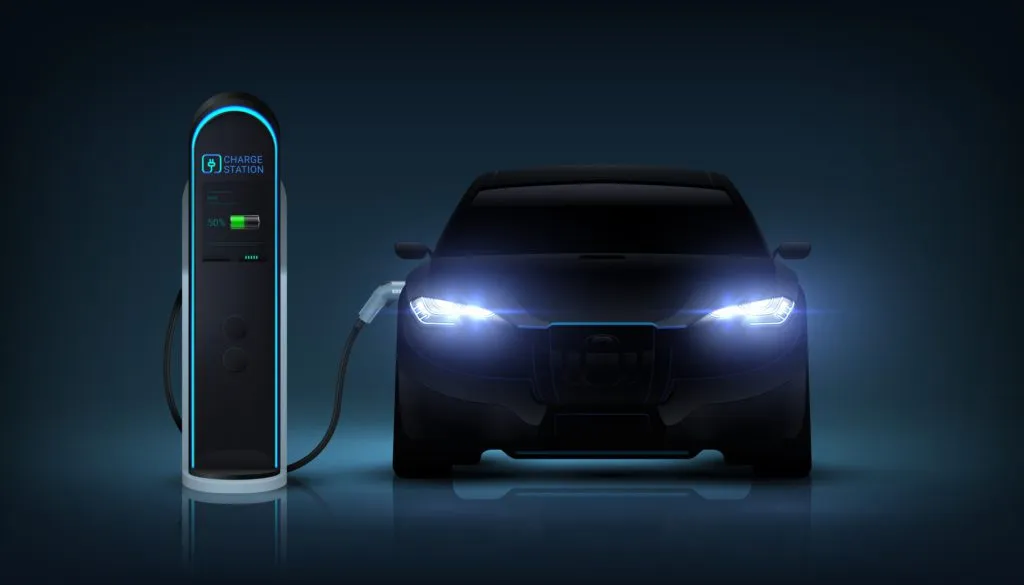
- Most non-Tesla EVs depend on open charging systems like:
- Electrify America
- ChargePoint
- EVgo
While developing, these systems frequently need the thickness, speed, and unwavering quality of Tesla's Superchargers, in spite of the fact that numerous are quickly expanding.
Emerging Trend:
Some bequest EVs are picking up get to to select Tesla Supercharger areas, indicating at a more open future for EV charging — but Tesla's framework advantage remains significant.
4. Driving Elements and Handling
- Tesla vehicles are designed with:
- Moo centers of gravity (much obliged to battery placement)
- Adjusted weight distribution
- Dual-motor or tri-motor AWD systems
- This comes about in:
- Sharp handling
- Smooth increasing speed curves
- Impressive cornering for vehicles of their size
- Traditional EV Handling:
Some bequest EVs, like the Passage Bronco Mach-E and Kia EV6, offer energetic driving flow. Be that as it may, economy models like the Nissan Leaf or Chevy Jolt center more on common sense than performance.
5. Innovation and Program Experience
- Tesla's Software-Led Approach:
- Tesla's vehicles work more like computers on wheels, with:
- Over-the-air (OTA) upgrades for modern highlights and fixes
Progressed driver help (Autopilot, Full Self-Driving)
Moderate contribute with expansive touchscreens
Standard program advancements long after purchase - Legacy Automaker Tech:
- Traditional EVs offer:
- Infotainment systems
- Driver help (versatile voyage, lane-keeping)
- OTA overhauls (progressively common but frequently limited)
However, most slack behind Tesla in terms of consistent program integration and real-time execution upgrades.
6. Independent Driving Capabilities
- Tesla's Full Self-Driving (FSD) Vision:
- Tesla leads in independent highlights with its FSD Beta program, enabling:
- Automated path changes
- Navigation on highways
- Traffic light and halt sign recognition
- Limited city road self-driving (still beneath development)
- Traditional EV Autonomy:
- Most offer Level 2 driver help, such as:
- Ford's BlueCruise
- GM's Super Cruise
- Nissan ProPILOT Assist
While competitive, they need the forceful, AI-driven guide of Tesla's FSD program, in spite of the fact that security directions still constrain all brands to semi-autonomous status.
7. Cost and Affordability
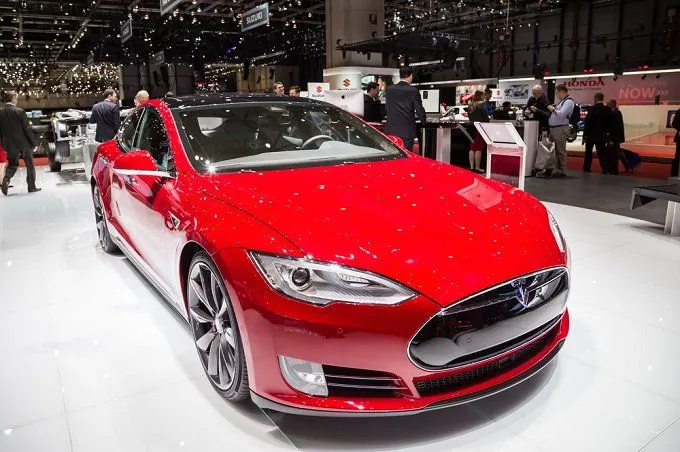
- Tesla's Estimating Spectrum:
- Model 3 begins around $40,000
- Model Y begins around $47,000
- Model S/X surpasses $80,000+
- Traditional EV Pricing:
- Nissan Leaf begins around $29,000
- Chevy Jolt EV begins around $27,000
- Hyundai Ioniq 5 around $41,000
- Volkswagen ID.4 around $39,000
- Ford Mach-E begins around $44,000
Takeaway:
Traditional EVs frequently undermined Tesla on base cost, particularly for economy models. Be that as it may, Tesla's predominant run, execution, and program can legitimize higher costs for numerous buyers.
Read Also: Tesla Misled You With Its Cybertruck Towing a 911 Drag
8. Construct Quality and Reliability
Tesla's Challenges:
- Mixed audits on starting construct quality (board crevices, paint issues)
- Rapid enhancement in more current generation batches
- Legacy Automaker Strengths:
- Decades of fabricating expertise
- Consistent get together quality
- Global benefit networks
If faultless construct quality things most, a few conventional EVs may offer peace of intellect, in spite of the fact that Tesla proceeds to refine its tesla vs traditional electric cars performance.
Final Decision: Tesla vs Conventional Electric Cars
Tesla proceeds to lead in:
- Speeding up and performance
- Longest battery ranges
- Quickest, most dependable charging network
- Progressed program and independent capabilities
However, conventional EVs exceed expectations in:
- Lower section prices
- Set up construct quality
- Different show offerings
- Growing tech features
The Future Outlook:
Legacy automakers are catching up quick. Brands like Hyundai, Passage, and Volkswagen presently deliver EVs that challenge Tesla's dominance, particularly in reasonableness and common sense. However, Tesla's consistent advancement cycle, AI advancement, and restrictive foundation allow it a execution edge — for now.
As competition warms up, buyers stand to advantage with more choices, superior innovation, and quicker EV appropriation around the world.

